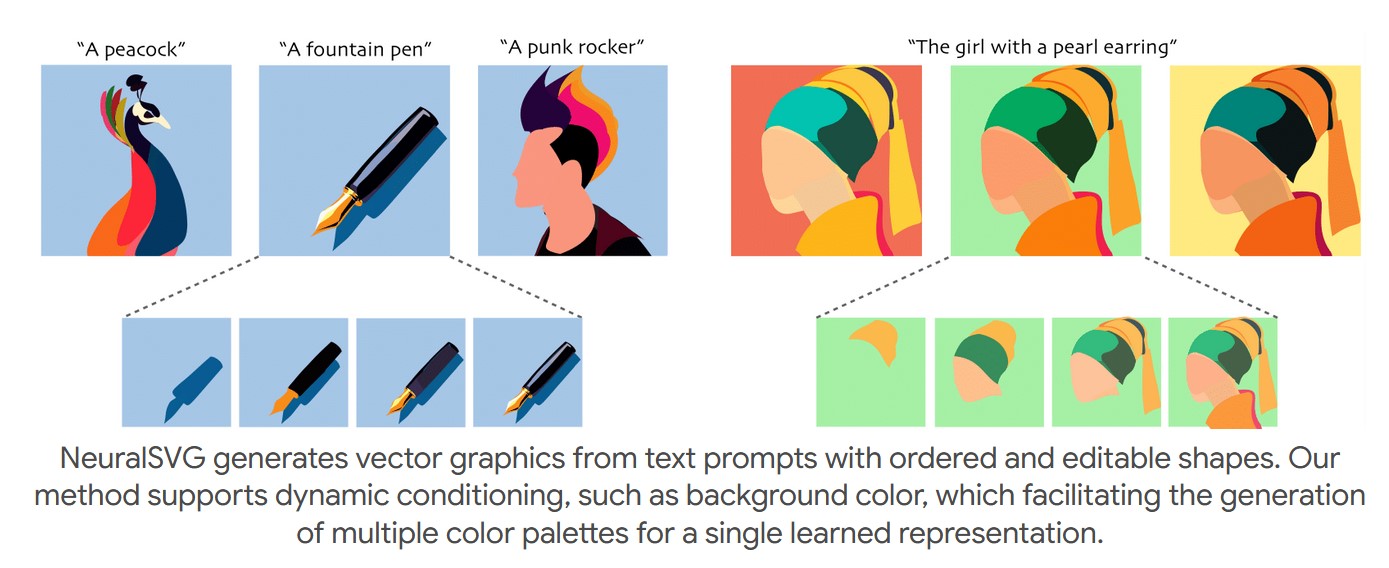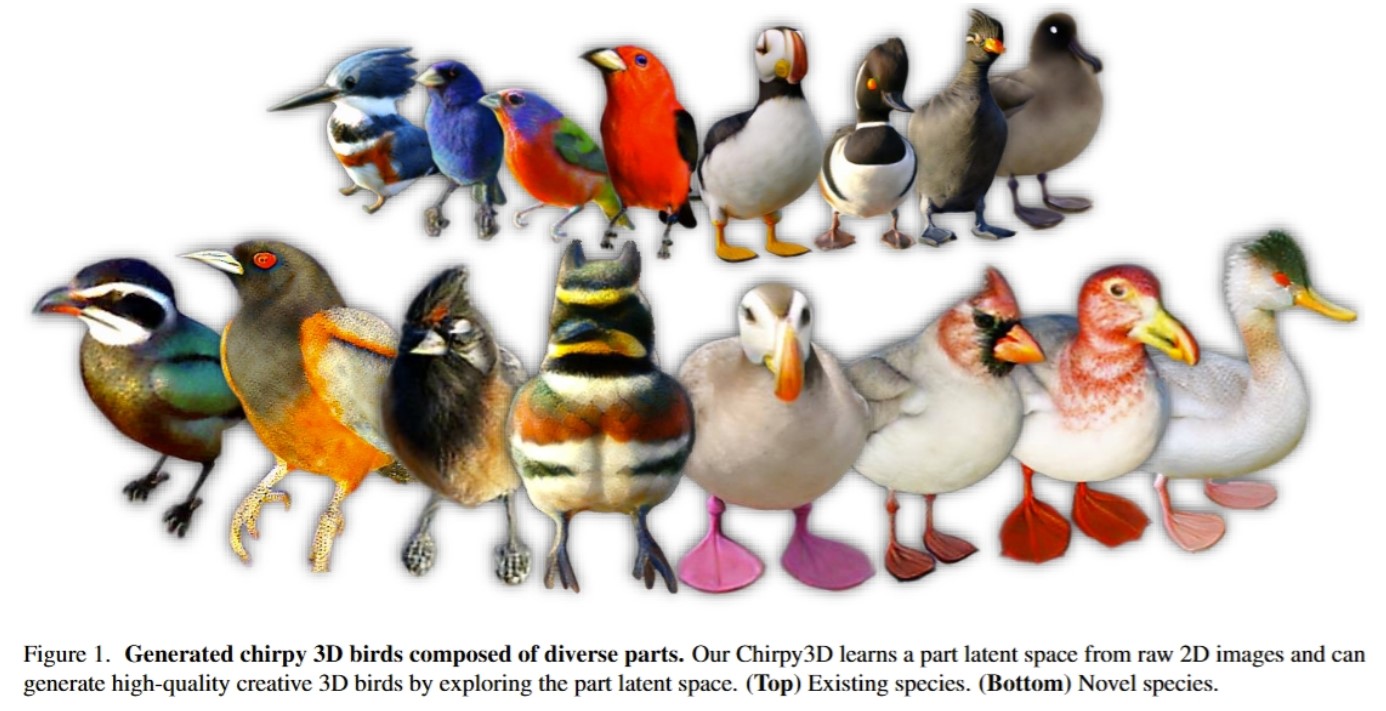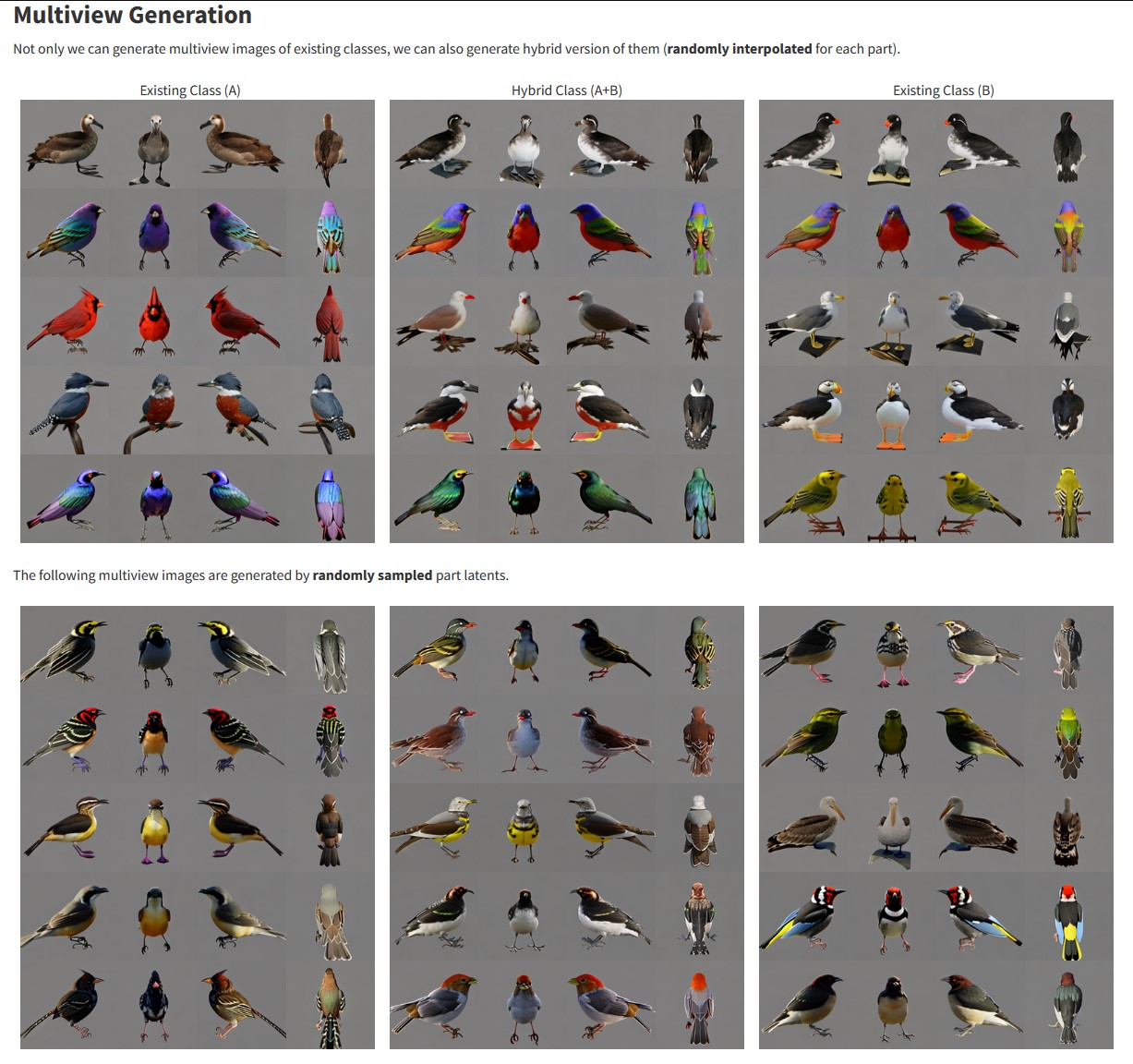BREAKING NEWS
LATEST POSTS
-
SPAR3D – Stable Point-Aware Reconstruction of 3D Objects from Single Images
SPAR3D is a fast single-image 3D reconstructor with intermediate point cloud generation, which allows for interactive user edits and achieves state-of-the-art performance.
https://github.com/Stability-AI/stable-point-aware-3d
https://stability.ai/news/stable-point-aware-3d?utm_source=x&utm_medium=social&utm_campaign=SPAR3D
-
MiniMax-01 goes open source
MiniMax is thrilled to announce the release of the MiniMax-01 series, featuring two groundbreaking models:
MiniMax-Text-01: A foundational language model.
MiniMax-VL-01: A visual multi-modal model.Both models are now open-source, paving the way for innovation and accessibility in AI development!
🔑 Key Innovations
1. Lightning Attention Architecture: Combines 7/8 Lightning Attention with 1/8 Softmax Attention, delivering unparalleled performance.
2. Massive Scale with MoE (Mixture of Experts): 456B parameters with 32 experts and 45.9B activated parameters.
3. 4M-Token Context Window: Processes up to 4 million tokens, 20–32x the capacity of leading models, redefining what’s possible in long-context AI applications.💡 Why MiniMax-01 Matters
1. Innovative Architecture for Top-Tier Performance
The MiniMax-01 series introduces the Lightning Attention mechanism, a bold alternative to traditional Transformer architectures, delivering unmatched efficiency and scalability.2. 4M Ultra-Long Context: Ushering in the AI Agent Era
With the ability to handle 4 million tokens, MiniMax-01 is designed to lead the next wave of agent-based applications, where extended context handling and sustained memory are critical.3. Unbeatable Cost-Effectiveness
Through proprietary architectural innovations and infrastructure optimization, we’re offering the most competitive pricing in the industry:
$0.2 per million input tokens
$1.1 per million output tokens🌟 Experience the Future of AI Today
We believe MiniMax-01 is poised to transform AI applications across industries. Whether you’re building next-gen AI agents, tackling ultra-long context tasks, or exploring new frontiers in AI, MiniMax-01 is here to empower your vision.✅ Try it now for free: hailuo.ai
📄 Read the technical paper: filecdn.minimax.chat/_Arxiv_MiniMax_01_Report.pdf
🌐 Learn more: minimaxi.com/en/news/minimax-01-series-2
💡API Platform: intl.minimaxi.com/

FEATURED POSTS
-
Types of Film Lights and their efficiency – CRI, Color Temperature and Luminous Efficacy
nofilmschool.com/types-of-film-lights
“Not every light performs the same way. Lights and lighting are tricky to handle. You have to plan for every circumstance. But the good news is, lighting can be adjusted. Let’s look at different factors that affect lighting in every scene you shoot. “
Use CRI, Luminous Efficacy and color temperature controls to match your needs.Color Temperature
Color temperature describes the “color” of white light by a light source radiated by a perfect black body at a given temperature measured in degrees Kelvinhttps://www.pixelsham.com/2019/10/18/color-temperature/
CRI
“The Color Rendering Index is a measurement of how faithfully a light source reveals the colors of whatever it illuminates, it describes the ability of a light source to reveal the color of an object, as compared to the color a natural light source would provide. The highest possible CRI is 100. A CRI of 100 generally refers to a perfect black body, like a tungsten light source or the sun. “https://www.studiobinder.com/blog/what-is-color-rendering-index
(more…)
-
GretagMacbeth Color Checker Numeric Values and Middle Gray
The human eye perceives half scene brightness not as the linear 50% of the present energy (linear nature values) but as 18% of the overall brightness. We are biased to perceive more information in the dark and contrast areas. A Macbeth chart helps with calibrating back into a photographic capture into this “human perspective” of the world.
https://en.wikipedia.org/wiki/Middle_gray
In photography, painting, and other visual arts, middle gray or middle grey is a tone that is perceptually about halfway between black and white on a lightness scale in photography and printing, it is typically defined as 18% reflectance in visible light

Light meters, cameras, and pictures are often calibrated using an 18% gray card[4][5][6] or a color reference card such as a ColorChecker. On the assumption that 18% is similar to the average reflectance of a scene, a grey card can be used to estimate the required exposure of the film.
https://en.wikipedia.org/wiki/ColorChecker
(more…)












